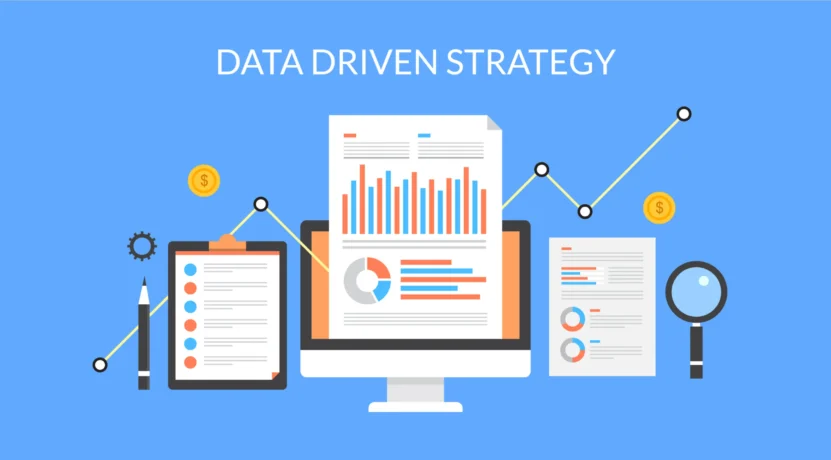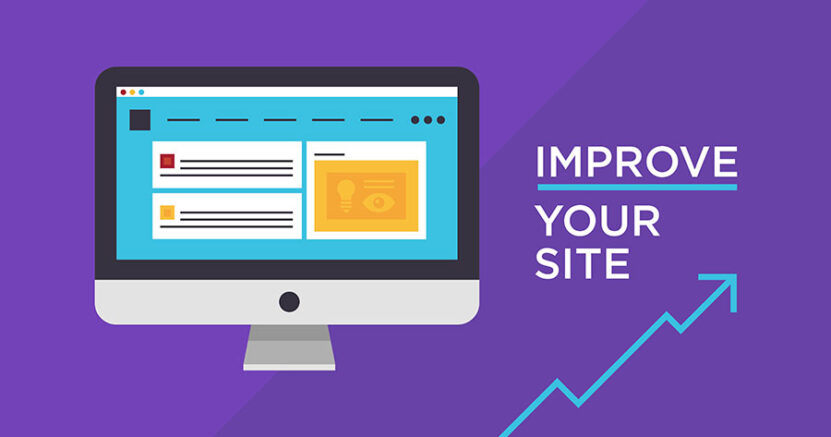In the fast-paced world of B2B web development, success is measured by the effectiveness of the design and functionality of a website but also by the ability to measure and improve its performance. That is where analytics comes in, providing valuable insights into user behavior, website traffic, and conversion rates that can help businesses make informed decisions to optimize their websites.
Analytics tools have become essential to B2B web development, enabling businesses to track their website’s performance and understand how users interact with their content. If you need a B2B Web Developer, check out DWS Limited.
The true power of these analytics tools lies in their ability to dissect and interpret vast amounts of data into actionable insights. By analyzing patterns in user behavior, businesses gain a clearer picture of what drives engagement and conversions on their websites. For example, if a high number of visitors leave the website from a specific page, this could indicate an issue with content or design on that page. Similarly, understanding which pages have higher engagement can guide businesses to replicate successful elements across the site. This strategic use of analytics enables B2B companies to fine-tune their websites in a way that resonates with their target audience, thereby enhancing the overall user experience.
Moreover, by measuring metrics such as bounce rate, click-through rate, and conversion rate, businesses can identify areas for improvement and make data-driven decisions to improve the user experience and increase the likelihood of achieving their business objectives. In this article, we will explore the role of analytics in B2B web development and how businesses can leverage these tools to measure success and improve website performance.
Why is it Important?

Analytics play a critical role in web development, providing valuable data-driven insights that can be used to optimize their websites. By using analytics, you can better understand how your website is performing, identify areas for improvement, and make data-driven decisions to improve the user experience. Analytics also allows tracking and measuring the website’s success, helping you to achieve your goals.
Regarding web development, analytics are essential for measuring the effectiveness of a website’s design, content, and functionality. By tracking metrics such as traffic, engagement, and conversions, businesses can better understand how their website is performing and make informed decisions to optimize it. Analytics also provide businesses with valuable insights into user behavior, enabling them to identify patterns and trends that can be used to improve the user experience.
Understanding User Behavior
This is crucial to the success of any website. With the help of analytics, companies can gain valuable insights into how users interact with their websites, including which pages they visit, how long they stay, and what actions they take. By understanding user behavior, enterprises can identify areas for improvement, optimize their user experience, and increase the likelihood of achieving their objectives.
Website data can also identify user preferences and patterns, such as the devices they use to access the website, the time of day they visit, and the content they engage with. This information can be used to tailor the website’s design, content, and functionality to meet users’ needs better.
Measuring Traffic

This is another important part of web development. By tracking the number of visitors to a website and where they come from, companies can identify opportunities to improve performance. Analytics can also be used to track the effectiveness of marketing campaigns, enabling businesses to adjust their strategies to drive more traffic to their website.
Analytics can also provide businesses with valuable insights into the types of content that are most popular among users, enabling them to create more engaging and relevant content that resonates with their audience.
Tracking Conversions
Tracking conversions is essential for measuring the success of your online platform. Enterprises can identify which elements are most effective at driving conversions by tracking the number of visitors who take a specific action, such as filling out a form or purchasing.
This information can be used to optimize the design, content, and functionality to increase the likelihood of achieving business objectives. Analytics can also be used to track the effectiveness of marketing campaigns in driving conversions, enabling businesses to adjust their strategies to maximize their return on investment.
Making Data-Driven Decisions

Data-driven decisions are essential for proper optimization. By using analytics to track data and user behavior, businesses can make informed decisions about improving the user experience, increasing conversions, and achieving their business objectives. Data-driven decisions can also help identify growth opportunities and optimize marketing strategies to reach the target audience more effectively.
By using analytics to make data-driven decisions, you can ensure that you are investing your time and resources in the right areas. Rather than relying on guesswork or assumptions, you can use data to guide decisions, ensuring that the online platform is optimized to achieve your goals.
Chose the Right Tools
Choosing the right tools is important for obtaining accurate and actionable data. Many different options are available, each with its strengths and weaknesses. It would help if you chose the tools that best fit your needs and objectives. Some popular options include Google Analytics, Adobe Analytics, and Piwik. These tools provide various metrics and insights, including traffic sources, user behavior, and conversions.
Tips for Improving Your Website

There are many ways to use analytics to improve performance. One tip is to track metrics regularly, such as daily or weekly, to identify trends and patterns. Companies can also use them to identify areas that are underperforming, such as pages with high bounce rates or low engagement. Another tip is to use A/B testing to test different versions of the website’s design, content, and functionality to identify which elements are most effective at driving conversions.
Act on Data to Achieve Your Goals
By using these metrics to track performance and user behavior, you can identify areas for improvement and make data-driven decisions to optimize your platform. As a result, you can improve the user experience, increase conversions, and achieve your objectives by taking action based on data insights.
However, skills and experience are crucial to determine the best steps and create new plans according to insights you are receiving. In that matter, you should consider hiring an expert in this area to reach the best results.
The Bottom Line
The key is to collect valuable data that you can use to improve the performance and make necessary changes that will improve different aspects of your online platform. That is the main reason to always use proper tools and analyze different insights all the time. The great thing is that there are many tools available. Still, experience is required to analyze them in the right way and decide on your next steps.

